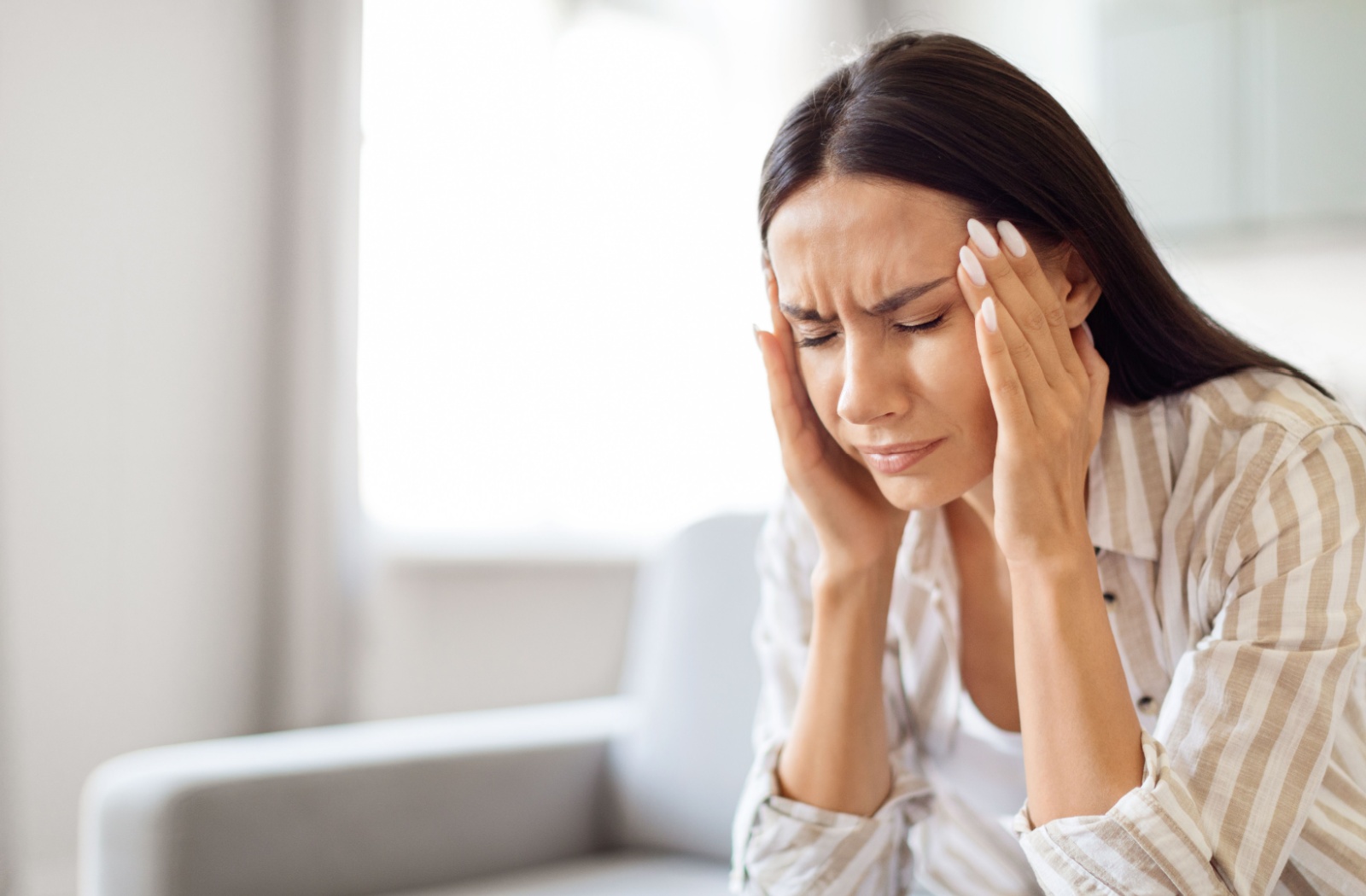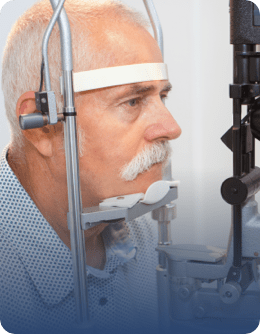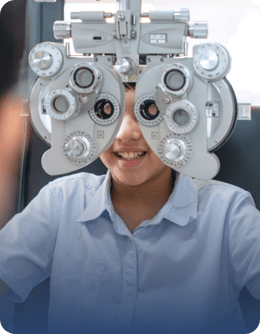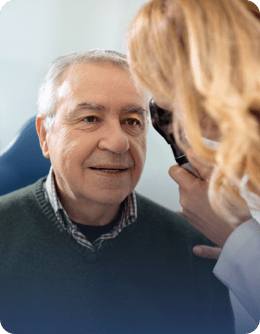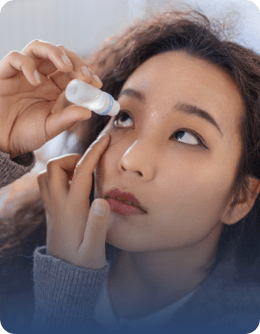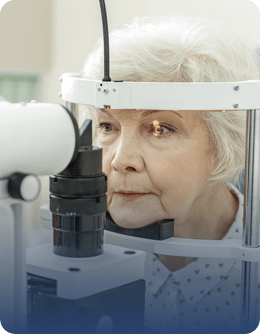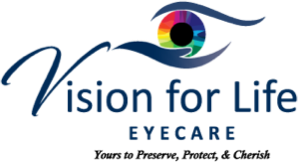Have you noticed headaches accompanying your dry eyes? You’re not alone. For many, dealing with dry eye goes beyond irritation and fluctuating vision.
Without attention from an eye care professional, dry eye can make daily life more challenging and lead to unexpected discomfort, including headaches.
Though research is still exploring the connection, evidence suggests that headaches can develop as a secondary symptom of dry eyes. Here’s how your dry eyes might be linked to your headaches:
- Eye strain & visual fatigue from dry eye can cause tension headaches
- Nerve irritation from dry eye can cause pain & headaches
- Light sensitivity from dry eye can lead to headaches
- Underlying conditions could be causing both dry eye & headaches
Understanding Dry Eye
Dry eye disease occurs when your eyes don’t produce enough tears or your tears lack the proper balance to keep your eyes hydrated. Tears perform vital functions, from nourishing and protecting your eyes to helping you see clearly.
When your tears are out of balance, you may experience symptoms like:
- Light sensitivity
- Eye fatigue
- Blurry vision
- Redness or inflammation
- Burning or gritty sensations
What causes dry eyes? Several factors can contribute to symptoms, including aging, environmental conditions (like wind or air conditioning), prolonged screen use, or certain medications.
Dry eyes are more than an irritation—they can lead to complications if left untreated, including damage to your eye’s surface and long-term vision issues. Beyond eye health, the discomfort from dry eye can also spill over into other areas of your well-being, like triggering headaches.
How Dry Eye & Headaches Are Linked
While dry eye doesn’t directly cause headaches, it can act as a trigger. Here’s how the 2 concerns can be connected.
1. Eye Strain & Visual Fatigue
When your eyes are dry, they have to work harder to focus. Struggling to manage blurry or fluctuating vision leads to muscle strain around your eyes and forehead, often resulting in tension headaches.
It’s a common symptom if you spend long hours in front of a screen. Reduced blinking during screen time can worsen dry eyes, adding to eye strain.
2. Nerve Irritation
The cornea, the transparent outer layer of your eye, is packed with sensory nerves. When the surface of your eye becomes dry, these nerves can send pain signals to surrounding areas, including the head, potentially triggering headaches.
3. Light Sensitivity
Dry eye frequently makes people more sensitive to light. Bright light or even glare can overstimulate the trigeminal nerve, a major nerve that controls sensations in your face and head. The overstimulation can lead to headaches.
4. Underlying Systemic Factors
Systemic conditions like migraines or sinus pressure can sometimes overlap with dry eye. The discomfort from dry eyes may worsen a headache, creating a feedback loop where both symptoms amplify each other.
Medications used to treat these conditions can occasionally result in dry eye symptoms as a side effect.
How to Manage Dry Eyes & Headaches
The good news? While there isn’t a cure for dry eye disease, there are effective ways to manage it. Addressing dry eye symptoms may also reduce related headaches.
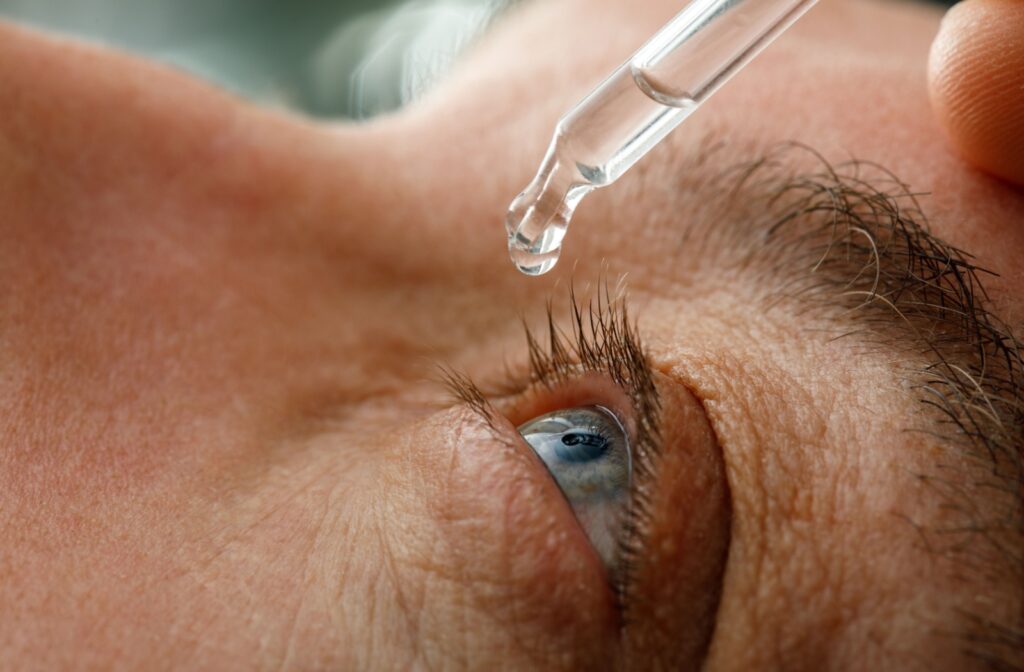
Dry Eye Treatments
When your dry eye symptoms are persistent or severe, your eye doctor may recommend therapies designed to target the root cause of dry eyes. Here are some options that could help:
- Medical-grade eye drops or ointments are prescribed to help moisturize the surface of the eye
- Punctal plugs placed in your tear ducts to help retain moisture on your eye’s surface for longer
- Eyelid gland expression can gently unclog oil blockages in the meibomian glands & promote improved tear quality & flow
- Intense pulsed light (IPL) therapy can target inflammation with light pulses to help improve the function of your tear-producing glands
At-Home Remedies for Relief
For milder symptoms—or as a complement to prescribed treatments—simple at-home strategies can go a long way in providing relief:
- Use artificial tears to mimic natural moisture & soothe irritation; choose preservative-free options for frequent use
- Apply a warm compress to your eyes to stimulate the oil glands & help improve tear quality
- Adjust your screen habits by following the 20-20-20 rule (every 20 minutes, look at something 20 feet away for 20 seconds)
- Stay hydrated by drinking about 8 glasses of water daily to support your tear glands
- Add a humidifier to your space to maintain moisture levels, especially in air-conditioned environments
Take Action for Healthier Eyes & Vision
Living with dry eye and headaches can significantly impact your quality of life. However, you don’t have to settle for constant discomfort. Identifying and treating the root cause of your dry eye symptoms is the first step toward finding relief. At Vision For Life Eyecare, our team is here to help with personalized dry eye treatment. Book an appointment today to learn about options to help restore your comfort.


